Huawei Sound Speaker review - Cool design, surprising sound
Summary
Huawei Sound Speaker Review
Huawei teams up with acclaimed French high-end speaker miracle-maker Devialet for its latest sound maker. PAT PILCHER cocks an ear.
$400
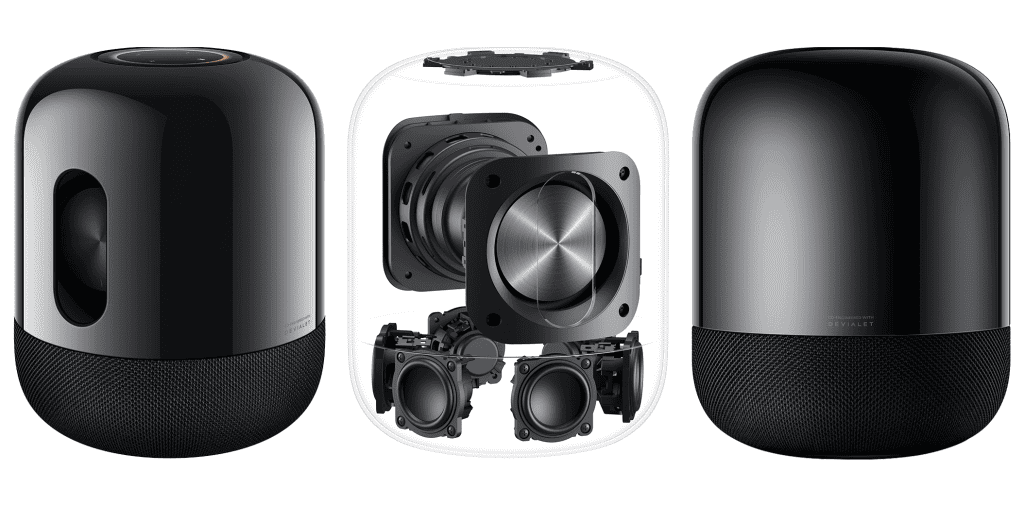
As summer demands more BBQ time, the need for outdoor oonst at Casa Pilch saw yours truly testing out Huawei’s latest speaker, the Huawei Sound.
More well known for knocking out mobile phones, Huawei is also in the audio game and has partnered with French audiophile experts, Devialet, to craft the Huawei Sound – a wireless speaker aimed at taking on the likes of Apple, Bose and Sonos.
Would you like to support our mission to bring intelligence, insight and great writing to entertainment journalism? Help to pay for the coffee that keeps our brains working and fingers typing just for you. Witchdoctor, entertainment for grownups. Your one-off (or monthly) $5 or $10 donation will support Witchdoctor.co.nz. and help us keep producing quality content. It’s really easy to donate, just click the ‘Become a supporter’ button below.
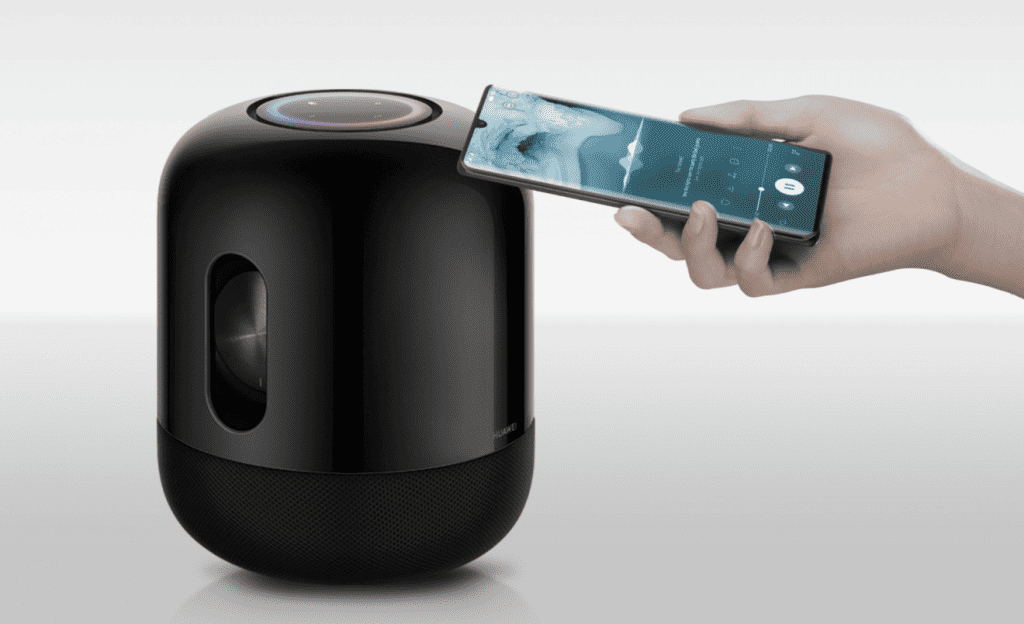
It’s an attractive beastie that’s crafted out of shiny black glossy plastic and a knit fabric. Along both sides sit two exposed woofers which, aside from being an eye-catching design choice, help it crank out XXL bass despite its pint-sized form-factor.
Tucked away inside are 3 full-range speakers and 2 passive units, plus an active woofer. These are rated at 40W and deliver a 360-degree sound field. The passive woofers are arranged in a back-to-back configuration which makes use of what Devialet call Push-Push bass. Each woofer effectively cancels out the back wave vibrations of the other, which reduces distortion and produces punchy bass.
Another smart Devialet audio processing trick that’s built-in is called Speaker Active Matching 2, or SAM 2. It allows the drivers to match sound pressure captured by the microphones during the recording process with playback, which in theory should add more presence.
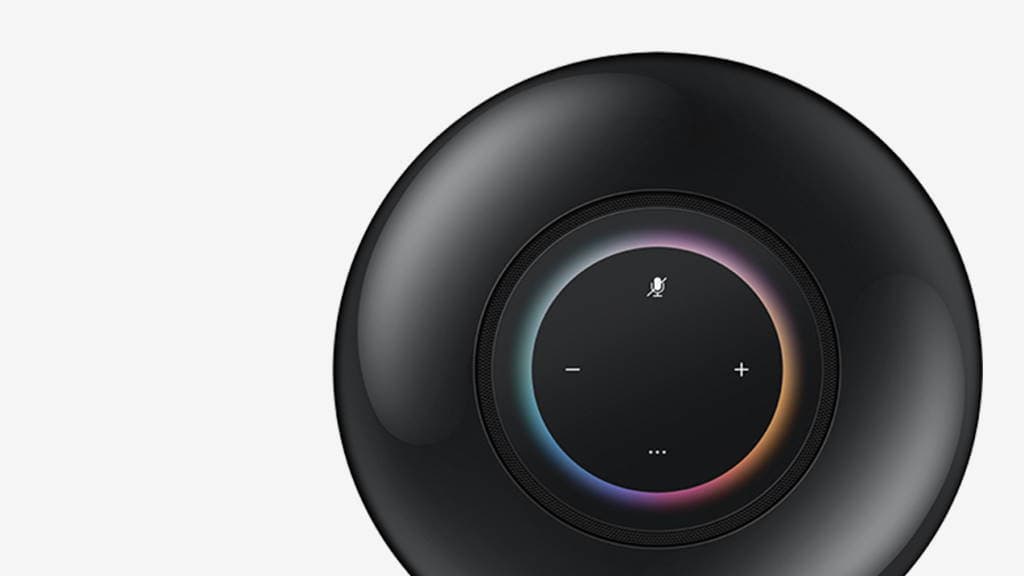
So, who is Devialet? Starting out in 2007, they quickly gained a cult-like following thanks to their hugely innovative Phantom bookshelf speaker, which cranked out huge sound thanks to a unique driver configuration, despite its petite size.
Huawei has long since used collaborations with other players to drive innovation. Just look at what they achieved with Leica and their P series smartphone cameras. Now they’re hoping history will repeat in the audio space as they aim to craft a high-end portable speaker that’ll stand out in a crowded market.
Usability and simplicity are one factor that Huawei has clearly put a considerable amount of effort into. This is best illustrated by streaming audio from a smartphone via Bluetooth: the Huawei Sound supports LDAC, which gives it high-resolution audio over Bluetooth of 990 kbps at 32 bit/96 kHz. And once paired with any Bluetooth capable device, you can start streaming.
Speaking of pairing, it doesn’t get much easier for Android users. A built-in NFC tag means that the Huawei sound automatically pairs when you tap an NFC-enabled phone against the speaker’s NFC logo.
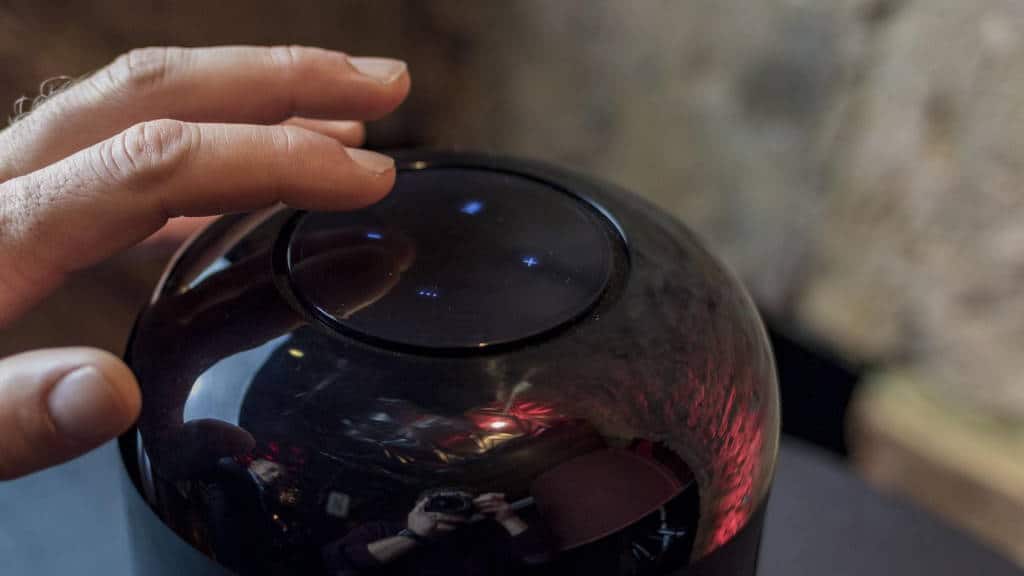
Atop of the Huawei Sound sits touch-sensitive controls. These come with colourful indicators to show volume level, pairing status and so on. You can mute or un-mute audio by placing your hand over the top controls. The Huawei Audio connected to my home’s Wi-Fi and acted as a UPnP DLNA Media Renderer. This handily meant I could stream audio from my networked hard drive which has DLNA streaming capabilities baked in.
Ease of use and fancy pants controls are one thing, but the Huawei Sound also delivered sonically. Its 360-degree sound field was room-filling, regardless of where I positioned it. At high volume, it delivered massive volume levels. Sheer loudness aside, the sound remained relatively clean with next to no audible distortion. Volume is one thing, but it counts for nothing if there’s little detail. Unlike most Bluetooth speakers I’ve tried, it felt poised and balanced with plenty of nuance.
Overall, its output felt rich. The Huawei Sound delivered an impressive amount of control over its bass output, which felt tight and precise yet still warm. From classical through to electronica, the Huawei Sound delivered audio at a quality that I genuinely was not expecting with a wireless speaker.
While it impressed, it wasn’t perfect. At higher volume levels, its bass was sometimes a little too forward for my tastes. Also, while the Huawei Sound has a built-in mic (it can act as a speakerphone when paired with a smartphone), there are no smart speaker capabilities baked in. It also lacks a battery which limits its portability to nearby wall plugs.
The Huawei Sound is an attractive portable speaker option. The addition of Devialet and some eye-catching design gives it an edge over most other similarly priced Bluetooth speakers. That said, while it lacks the sheer simplicity and versatility of Sonos and Amazon’s Echo Studio, It’s a great start. If you’re looking for a Bluetooth/Wi-Fi capable speaker that’s capable of eye-wateringly loud (and clear) sonics, you really owe it to yourself to check out the Huawei Sound.







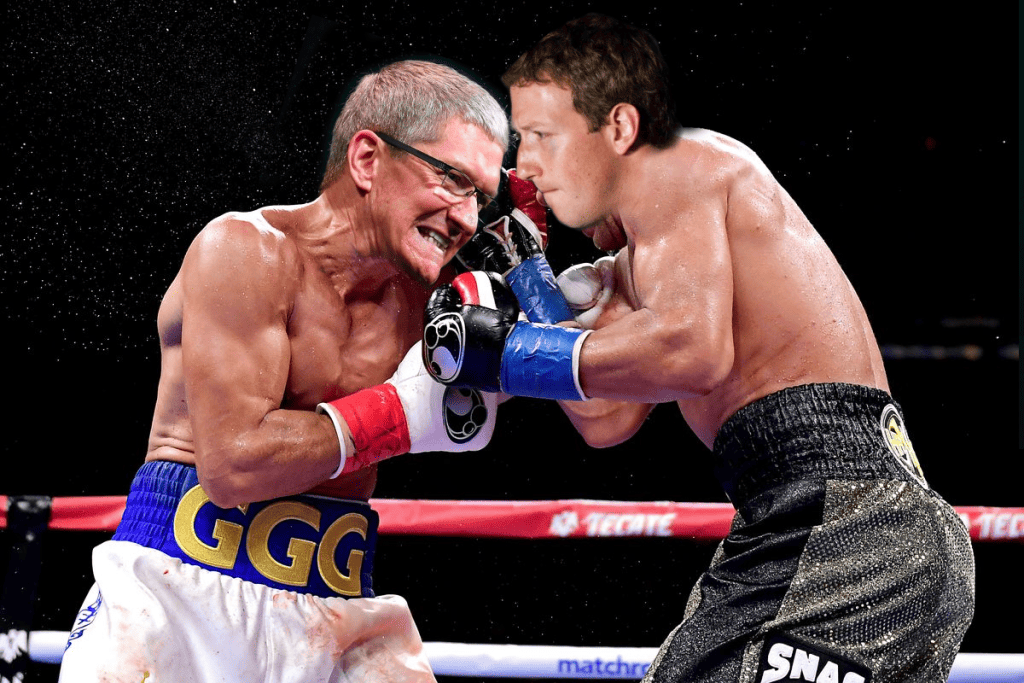
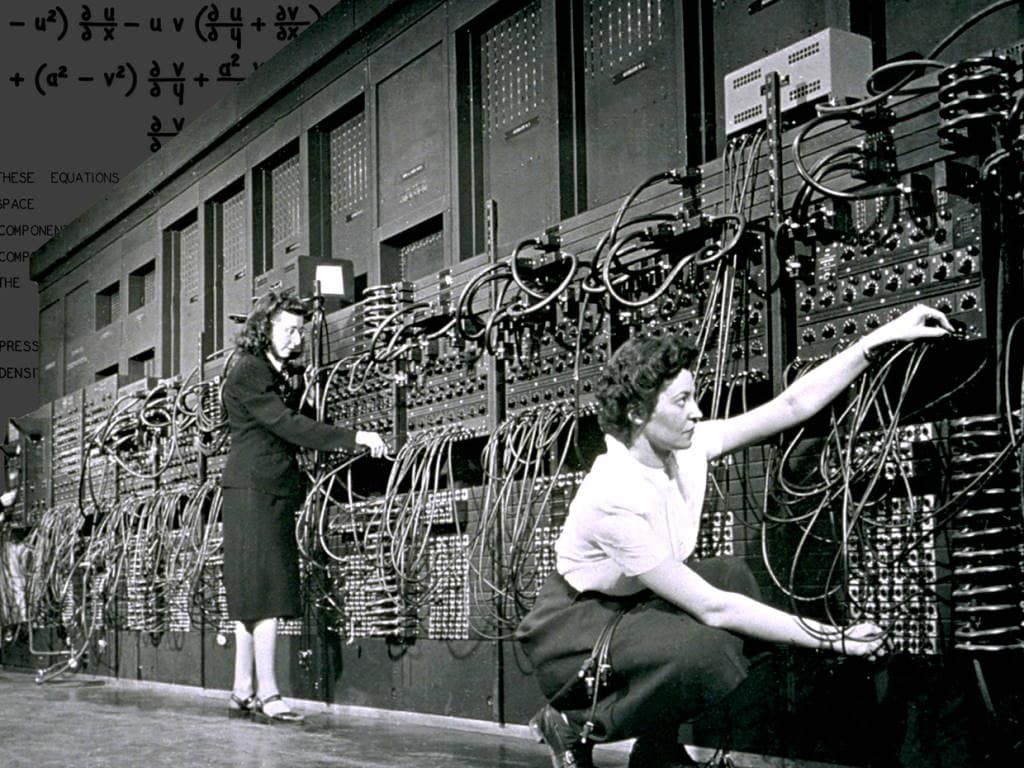






You are so gangsta “Pilch”
Umm thanks Steve